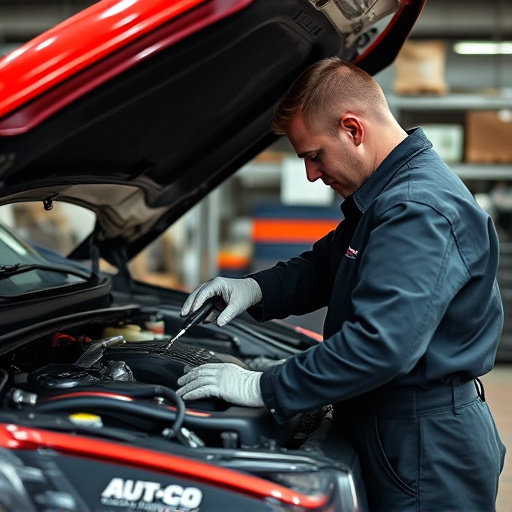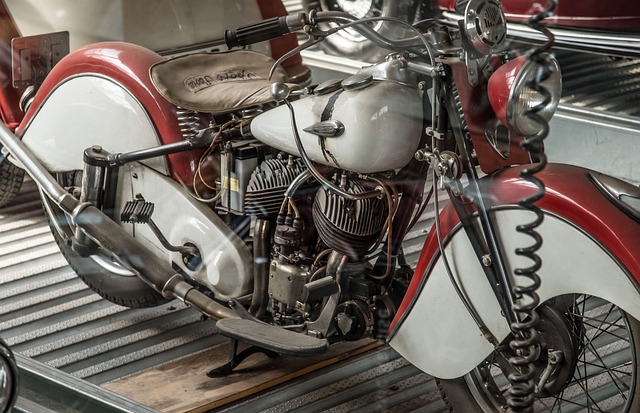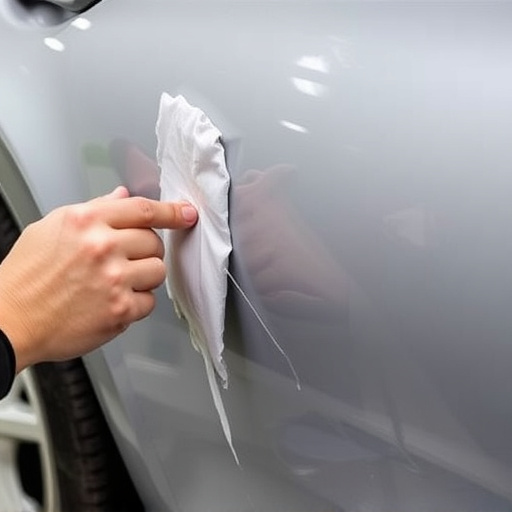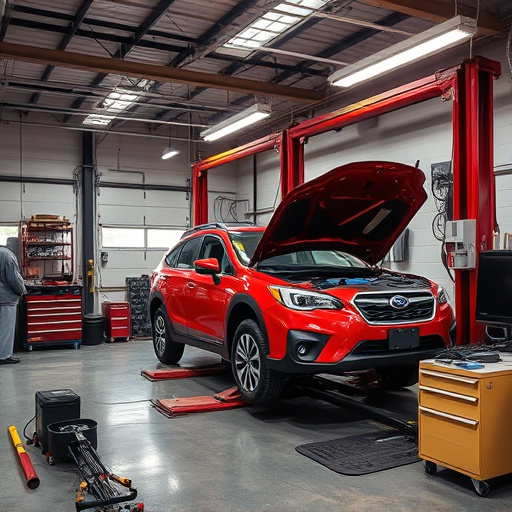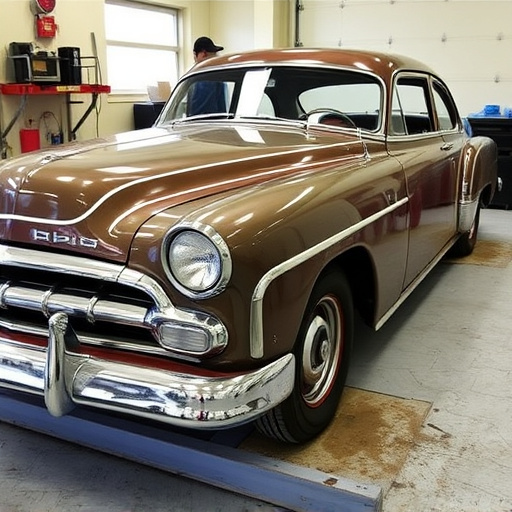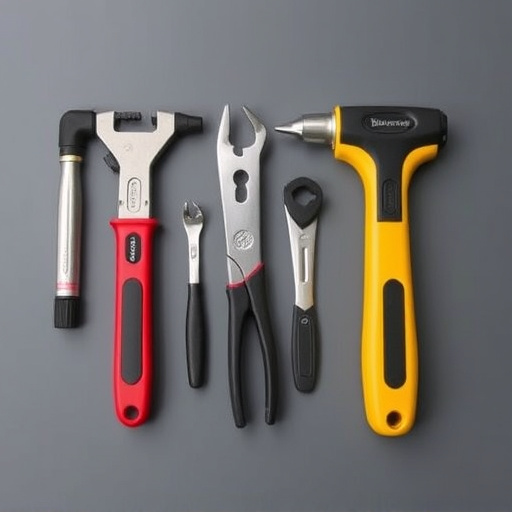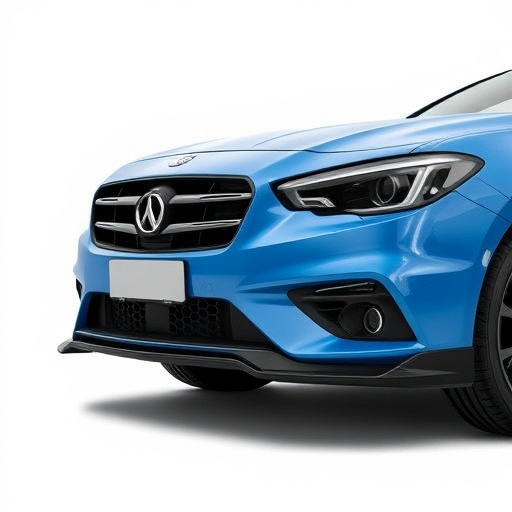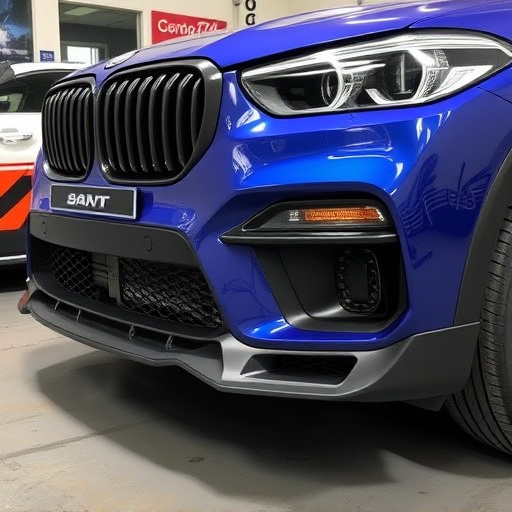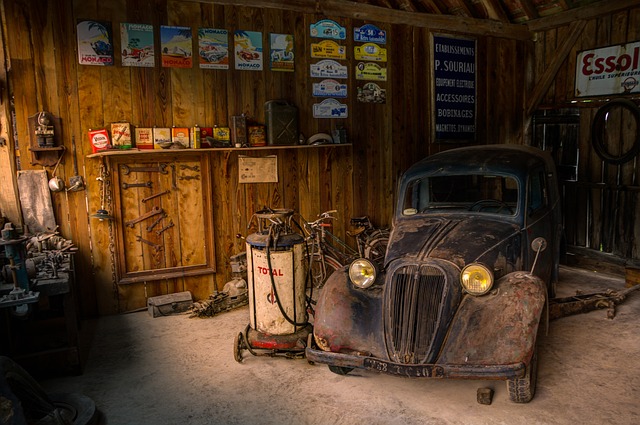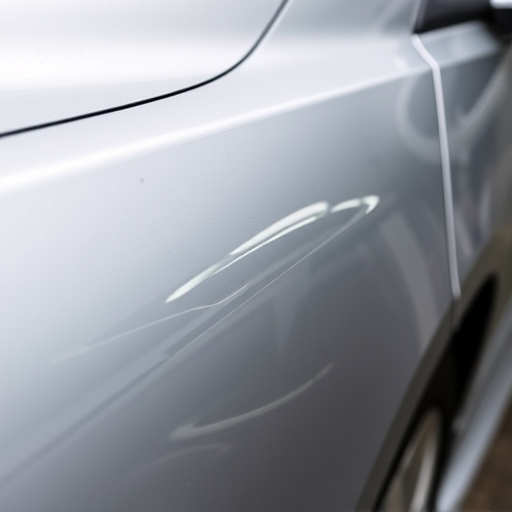Automotive paint types consist of two primary layers: basecoat for initial protection and a smooth surface, followed by the topcoat which provides final durability, gloss, and environmental resistance. Understanding these dual roles is crucial for achieving high-quality finishes in body shop services, ensuring vehicles maintain vibrant appearances even after repairs or routine maintenance.
Understanding basecoat and topcoat automotive paint types is crucial for any vehicle owner or professional looking to achieve a durable, high-quality finish. Automotive paints, composed of resins, pigments, and solvents, serve as protective barriers against elements that degrade car surfaces. This article demystifies two core components: basecoats and topcoats, their unique roles, and the factors guiding selection for optimal vehicle protection and aesthetics. By delving into these paint types, you’ll gain insights to make informed decisions for your automotive needs.
- What Are Automotive Paint Types?
- – Definition of automotive paints
- – Key components and their functions
What Are Automotive Paint Types?
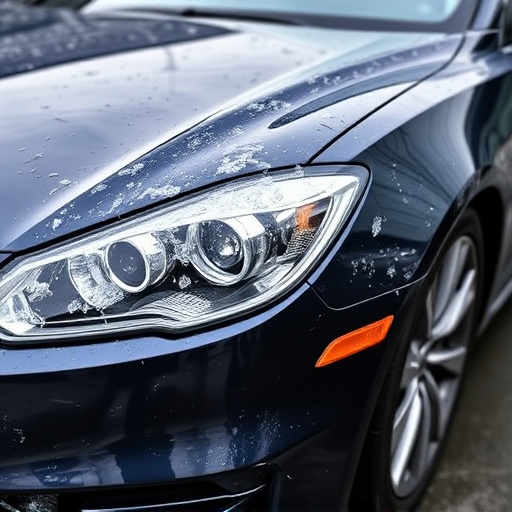
Automotive paint types are categorised into two main components: basecoat and topcoat. These layers work together to provide protection and aesthetic enhancement for vehicle surfaces, especially after a bumper repair or collision repair shop procedures. The basecoat serves as the initial layer, acting as a bridge between the car’s body and the topcoat. It prepares the surface by filling in imperfections and ensuring an even base for the final finish.
Understanding these paint types is crucial when considering body shop services. For instance, during a bumper repair, knowing how these coats interact helps technicians achieve precise results. The topcoat, often shimmering and glossy, provides the final look and feel of the vehicle’s exterior. It protects against environmental factors, ensuring the basecoat remains intact and the car retains its vibrant finish, even after facing minor accidents or needing routine maintenance like bumper repair.
– Definition of automotive paints
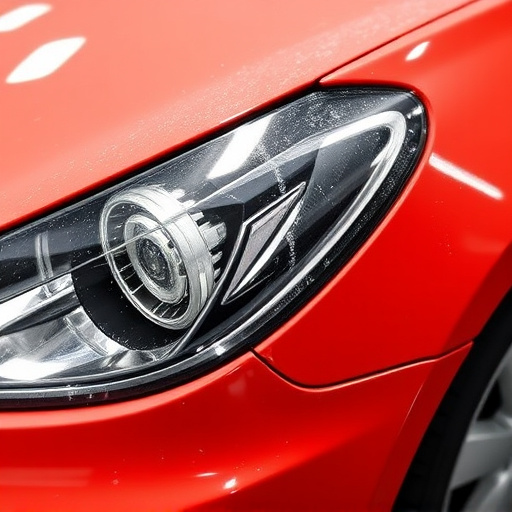
Automotive paints are specialized coatings designed to protect and enhance the appearance of vehicle surfaces. These paints are crucial components in the process of maintaining and repairing cars, trucks, and other vehicles at collision centers and auto body shops. The market offers various automotive paint types, each with unique characteristics catering to different needs.
Among these, basecoat and topcoat stand out as essential layers in the painting process. A basecoat serves as a primary layer, providing a smooth surface and initial protection. In contrast, a topcoat is the final layer, offering durability, enhanced gloss, and additional protective properties. Understanding these automotive paint types is vital for collision repair centers and auto body shops to deliver high-quality finishes that meet customers’ expectations.
– Key components and their functions

The foundation of any successful automotive paint job lies in understanding the key components and their roles. In the realm of automotive paint types, two primary layers—the basecoat and the topcoat—form a protective barrier over a car’s surface. The basecoat serves as the initial layer, providing a smooth, uniform base that primes the surface for subsequent application. This critical step ensures optimal adhesion of the topcoat, which enhances the final finish’s durability and luster.
Functioning as the outermost layer, the topcoat not only adds aesthetic appeal through diverse colors and finishes but also offers substantial protection against environmental factors like UV radiation, extreme temperatures, and chemical damage. This protective barrier is essential for maintaining the integrity of the paint job, preventing premature fading, chipping, or peeling—common issues in auto body repairs. By carefully selecting and applying both basecoat and topcoat, automotive repair specialists can ensure a car’s exterior not only looks its best but also remains protected against the rigors of daily driving and exposure to harsh weather conditions.
Understanding the distinctions between basecoat and topcoat automotive paints is essential for achieving professional-grade finishes. Both play crucial roles in creating a durable, glossy, and protective layer on vehicles. Basecoats serve as the foundation, providing color and primer functions, while topcoats offer enhanced durability, resistance to chipping, and deep luster. By leveraging these paint types effectively, car owners and professionals alike can ensure their vehicles not only look their best but also stand the test of time.
